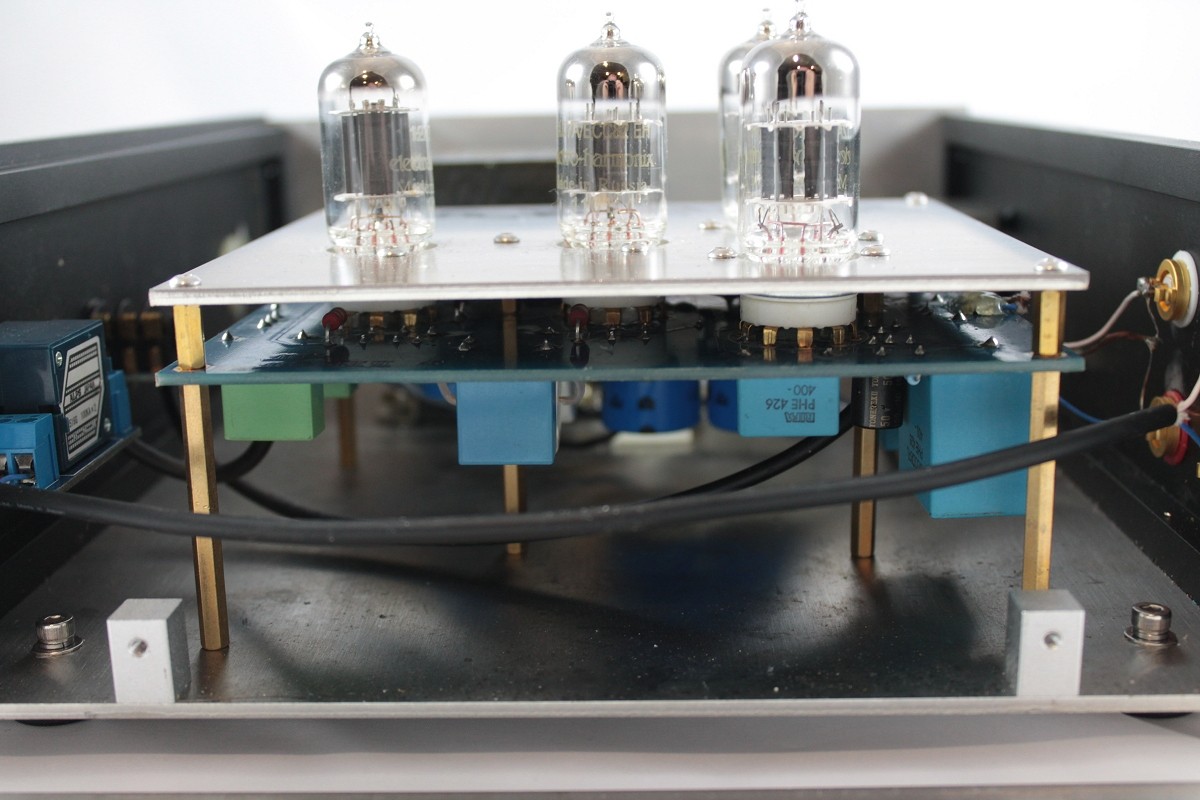I'm a 50 year old music lover. I don't say audiophile – I just love my music. Over the last couple of years, I have slowly changed from cheaper listening set-ups to my current set-up. I vary my listening from portables (mostly now from the FiiO X7ii, X5iii, and iPhone SE) to my desk-top's set-up (PC > USB > iFi iDSD). My main full sized headphones at the time of writing are the Sennheiser HD800S, Sennheiser HD600 & HD630VB, MS Pro and AKG K553. Most of my portable listening is done with IEMs, and lately it has mainly been with the Jays q-Jays, Alclair Curve2, Big Dipper and 64Audio U10. A full list of most of the gear I have owned (past and present is listed in my Head-Fi profile – this needs an update, and is on my list of things to do).
I have very eclectic music tastes listening to a variety from classical/opera and jazz, to grunge and general rock. I listen to a lot of blues, jazz, folk music, classic rock, indie and alternative rock. I am particularly fond of female vocals. I generally tend toward cans that are relatively neutral/balanced, but I do have a fondness for clarity, and suspect I might have slight ‘treble-head’ preferences. I am not treble sensitive (at all), and in the past have really enjoyed headphones like the K701, SR325i, and of course the T1 and DT880. I have a specific sensitivity to the 2-3 kHz frequency area (most humans do) but my sensitivity is particularly strong, and I tend to like a relatively flat mid-range with slight elevation in the upper-mids around this area.
I have extensively tested myself (ABX) and I find aac256 or higher to be completely transparent. I do use exclusively red-book 16/44.1 if space is not an issue. All of my music is legally purchased (mostly CD – the rest FLAC purchased on-line). I tend to be sceptical about audiophile ‘claims’, don’t generally believe in burn-in, have never heard a difference with different cables, and would rather test myself blind on perceived differences. I am not a ‘golden eared listener’. I suffer from mild tinnitus, and at 50, my hearing is less than perfect (it only extends to around 14 kHz nowadays). My usual listening level is around 65-75 dB.

























